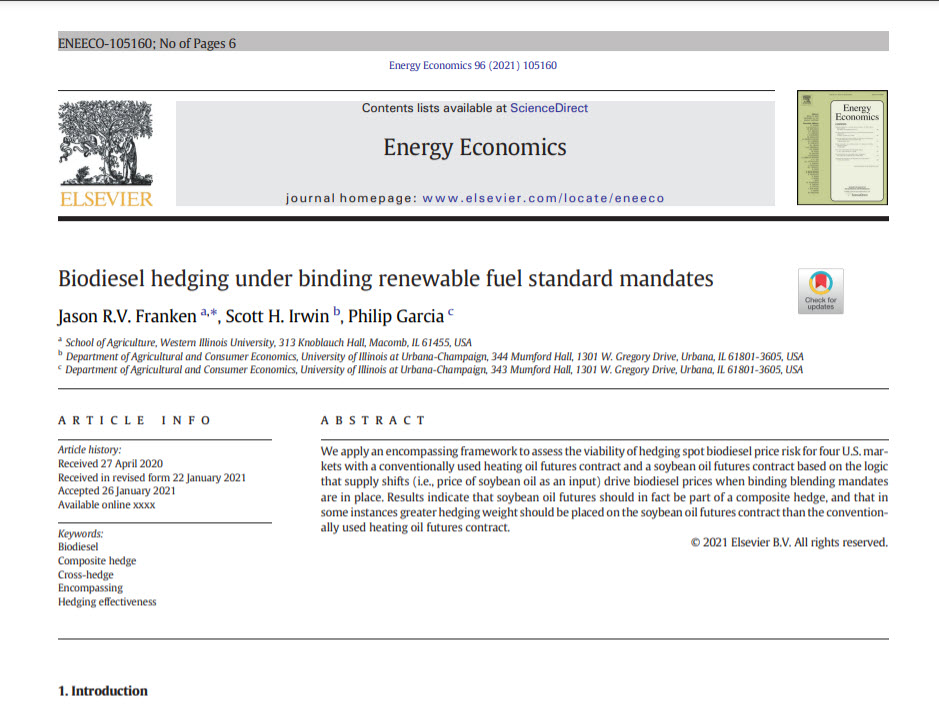
1. Weekend Reading (Early Edition): With the August Crop Report from the USDA out tomorrow, thought there might be some interest on my most recent paper, "To batch or not to batch? The release of USDA crop reports." Published in Agricultural Economics onlinelibrary.wiley.com/doi/full/10.11…
2. My co-authors (Joshua Huang, Teresa Serra, and Phil Garcia) and I took a deep dive into the benefits and costs of implementing a batch auction around the release of USDA crop reports (and acreage and stocks). PDF is free for now at this link onlinelibrary.wiley.com/doi/pdf/10.111…
3. Some background. USDA was basically forced to move to "real-time" release of Crop Reports after the onset of electronic trading. No matter where the USDA set the release time a futures exchange could easily move trading hours to cover the release.
4. That is why we now have crop reports released at noon EST in the middle of live trading in grain futures markets. USDA correctly surmised that they just as well put the release time when it worked best for them. So a noon real-time release it became.
5. Regardless of how we got to real-time release of USDA crop reports, it has been controversial. I have an earlier paper with Michael Adjemian showing that grain futures prices are more volatile immediately following real time release. Is there something else we could try?
6. This is where the idea of a batch auction comes in. You don't halt futures trading around the release, but also don't allow transactions. People can update bids and offers during the batch period and then trades occur at best bids and offers at the end of the batch period.
7. So something like a 15 minute batch auction around USDA report release could be conducted. This would eliminate the speed advantage of HFTs and algo traders. Everyone would get the same price at the end of the 15 minutes.
8. Turns out there is a batch auction everyday before trading opens at 830am CST with electronic trading. We study in this new paper how corn futures prices adjusted during batch auctions when USDA reports were released before trading opened.
9. In other words, there was a period before real-time release when USDA reports were released into the pre-opening electronic trading batch auction. How much of market price reaction occurred during the pre-opening batch auction. No big surprise. Alot.
10. Charts are a little complicated but they show that about 50-70% of price discovery happened during the pre-opening batch auction. Not all but most of price discovery for sure. 

11. My personal conclusion is that there is a lot of merit in considering a batch auction in grain futures markets around the release of major USDA reports (WASDE, Acreage, Production, Stocks). It would eliminate speed advantage of algos and probably a bit less price volatility
@threadreaderapp unroll
• • •
Missing some Tweet in this thread? You can try to
force a refresh









